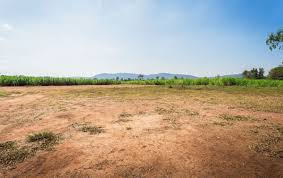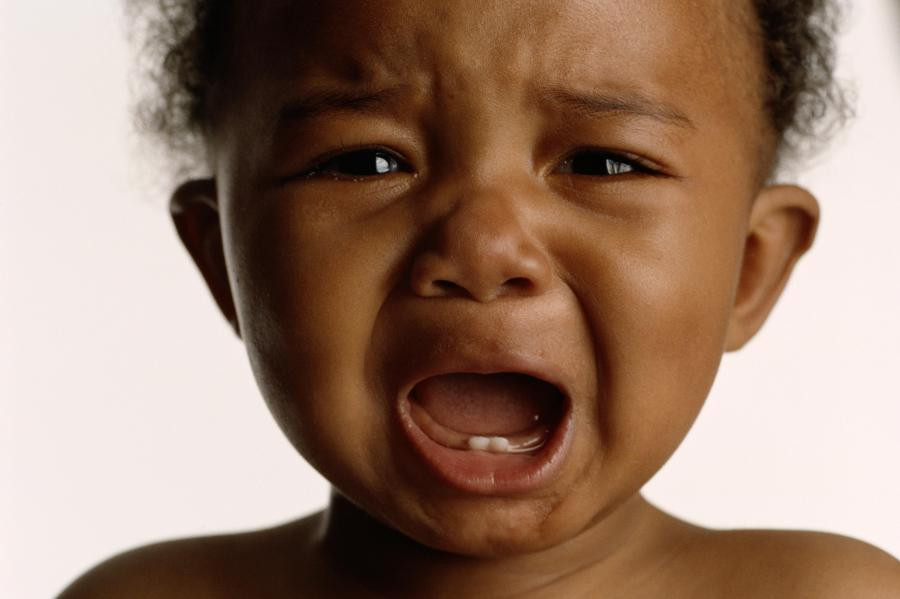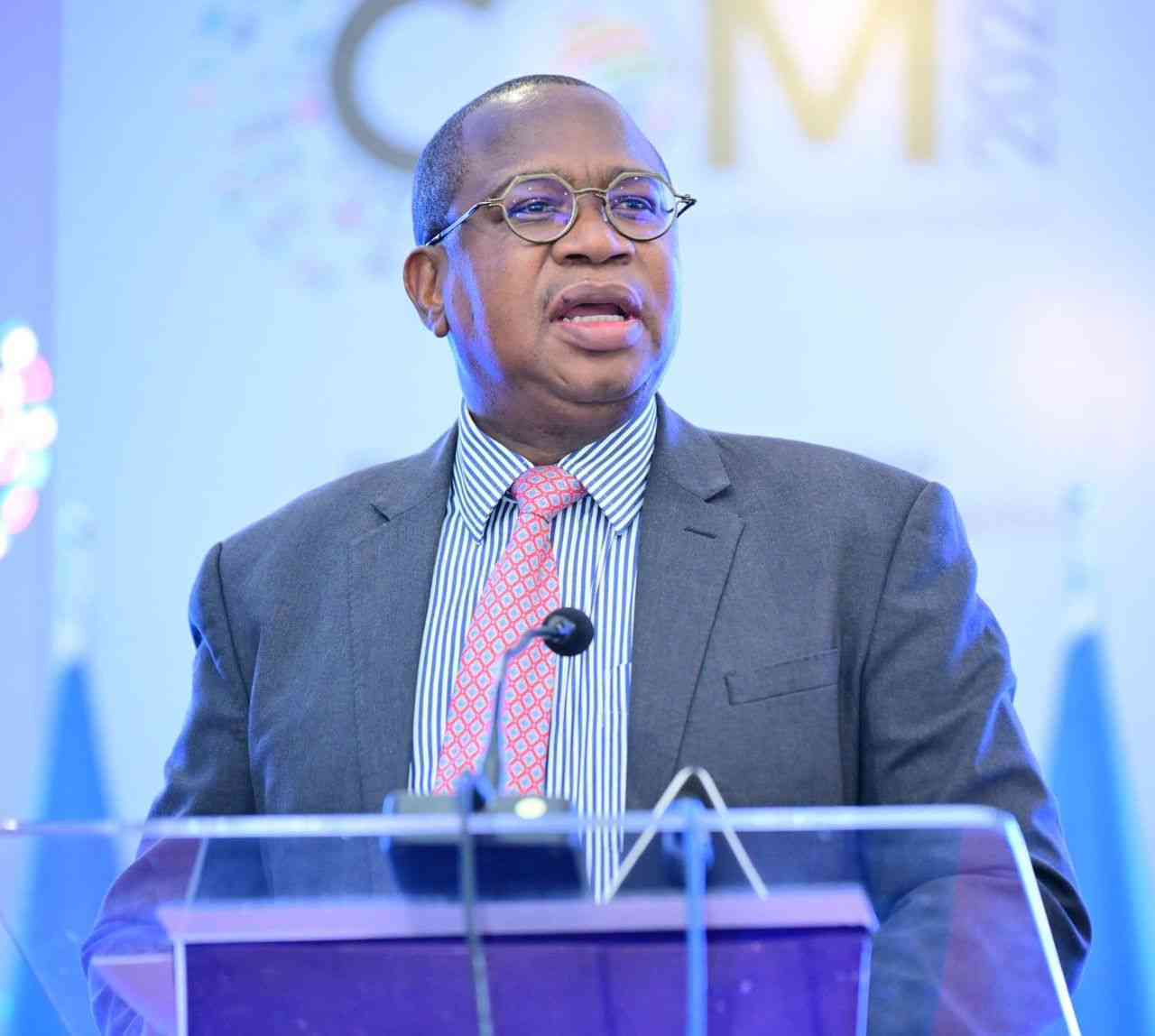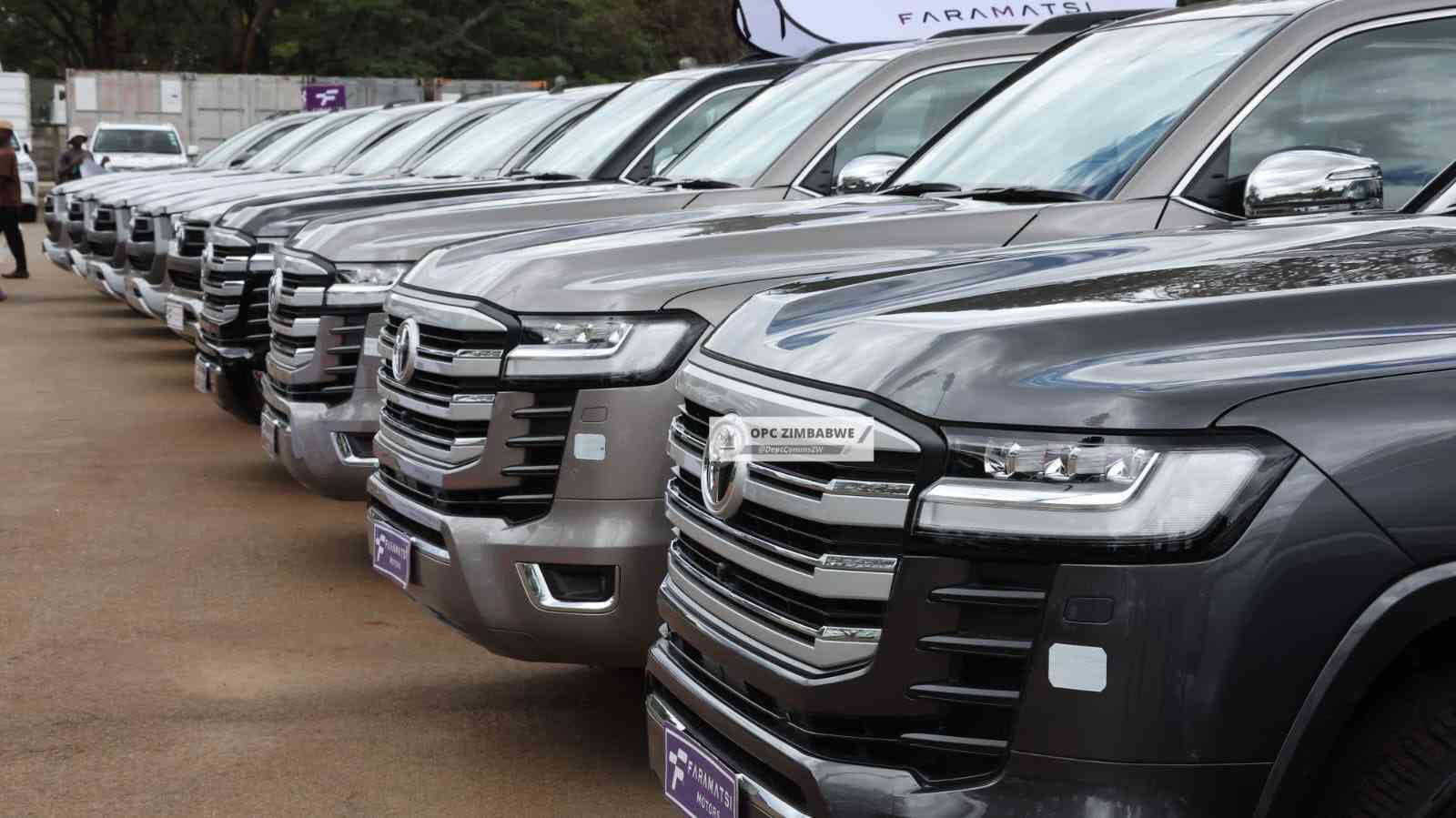
In 2024 the iconic Domboshawa Training centre in Goromonzi West is under the Chinese, who came under a special mining grant and are supposedly into quarry and sand extraction.
Local villagers have been fenced off water sources and mining is taking place in paddocks intended for cattle rearing.
Early in May 2025 Cloverdale Farm just on the outskirts of Ruwa, east of Harare, woke up to ugly skirmishes involving residents and state and municipal authorities.
The violent encounters were reminiscent of the ‘Murambatsvina’ years of 2000-2020. Murambatsvina, literally meaning ‘cleanse out the filth’, entailed the destruction of structures deemed illegal, and this programme was associated with confrontation, conflict, pain and anguish, as heavy tractors descended upon dwellings and shops in the towns and cities destroying homes and properties in the campaign to bring ‘order, sanity and cleanliness’ in the cities.
Then, just 20 kilometres east of Ruwa, in Chinyika communal lands, Goromonzi has also become the epicentre of confrontation between residents and their district council, again over land.
Firstly, has been the threat of land repossession through ‘peggings’ on occupied properties in Tafirenyika village by individuals claiming to be from council.
Then, on July 5, 2025 the Gutsa village case burst onto the social networks in the form of a letter signed by Chief Chikwaka and Headman Musonza to state authorities, with the traditional leaders expressing;
“deep concern regarding the recent acquisition of our ancestral land by the Air Force of Zimbabwe located in Goromonzi district...ward 16, without any prior notice or formal procedures. As rightful owners of this land we are shocked and distressed by this sudden development. The land in question has been in our hands for generations and generations we have all the necessary documents to prove our ownership…We believe that this action would not only be unjust but also cause significant disruption to our lives”.
- Ultimatum for Goromonzi land invaders
- Goromonzi farm invaders evicted
- Land conflicts: Why should solutions remain elusive?
Keep Reading
Simply put, land conflicts erupting across the country reflect mismatches between demand and supply of land.
But there are also other deep seated social, cultural and economic issues and development concerns.
Lack of proper markets in the rural fringes of expanding cities and towns and gaps/deficiencies in regulatory and policy frameworks, (including corruption) accentuate income inequalities and the economic vulnerability of rural dwellers.
Yet since the 1990s permanent solutions to peri-urban land conflicts have remained elusive.
Universally, humanity hungers for intimate connection and identification with land as the primary centre of habitation, source of livelihood and the centre of economic production activities.
Just as land secures the livelihood of simple village communities, it also shapes the economic and political destinies of nations.
Land, as a finite resource, therefore comes to the centre of policy attention especially when urban populations grow and cities expand outwards.
As a city grows, with the correspondingly massive expansion in demand for residential, industrial and infrastructure development land, how are these imbalances resolved when unemployment is high, when per capita incomes and savings are low, and when municipal authorities themselves are incapacitated financially to buy that land?
Perhaps a better starting point is the National Constitution – how it addresses issues of (i) land repossession by rural municipal authorities from poor defenseless communities, (ii) risks of demolition of structures, displacement/eviction, and (iii) the social dislocation and conflicts that this entails?
Traditionally, peri urban regions are approached from an urban planning perspective, as ground for urban sprawl.
From this perspective, peri-urban areas simply represent rural spaces for the expansion of cities.
More precisely, peri-urban land (outskirts or the hinterland,) includes spaces, forms, and structures resulting from urbanisation.
“Peri urban areas encompass landscape interfaces between town and country, or also as the rural-urban transition zone where urban and rural mix and often clash.” (http://projectoperiurban.wix.com/periurban).
As ‘clash’ regions, these regions must create opportunities for inclusive local governance, with adequate guarantees for local people centred development initiatives and the protection of the vulnerable.
Explaining why, increasingly, peri-urban livelihoods are a significant issue as policy makers and economic justice activists seek to protect vulnerable communities.
Political independence in Zimbabwe and Sadc as a whole was rooted in costly wars that sought to restore ownership of land to indigenous inhabitants.
But in 2025, just as many cities in Sadc are growing rapidly, the number of landless poor in urban, peri-urban and rural regions is also increasingly at a fast pace, with shanty towns increasingly a common feature in Sadc.
The UN says that by 2040, 60% of the population in Africa will be living in urban areas.
The question becomes, will these people be living in properly planned residential suburbs?
Or will they not be crowded in ‘shanty towns’, beyond the reach of basic water and sanitation services, education, health and other population service infrastructure, law order and governance systems- quite evidently, havens for diseases and crime - an undesirable precedent for Zimbabwe’s vision of an Upper Middle-Income nation by 2030!
On October 4, 2020 the Chitungwiza Municipality issued a demolition order against residents.
Through lawyers from the Zimbabwe Lawyers for Human Rights ZLHR Chitungwiza Residents Trust Chitrest went to court challenging the constitutionality of that order.
Four years later, on July 18 2024, the Supreme Court issued an order declaring the demolition of homes illegal, as it contravened Section 74 of the constitution of Zimbabwe.
Keynote observations from the verdict were that for all local authorities, the demolition of houses was now illegal, and that the Regional Town and Country Planning Act is ultra vires the constitution of Zimbabwe, and that, like many pieces of legislation it needed realignment. But where are we now?
The 2024 Supreme Court verdict on government and municipal demolition orders was a clear victory for Chitrest, and certainly a key turning point in the struggle by residents for inclusive local governance.
Yet 12 months later, and in hindsight, we ask, do the Cloverdale, Gutsa village episodes point towards enduring solutions within the foreseeable future?
Do the experiences and expectations of residents countrywide resonate with Section 74 of the constitution, ( ‘freedom from arbitrary eviction’)?
Or Section 72 (‘any person whose property has been acquired can apply to a competent court for prompt recovery of the property’, (b) ‘The legality of the deprivation; and (c) The amount of compensation to which they are entitled, and to apply to the court for an order directing the prompt payment of any compensation?.
Section 72 further compels the state … ‘to takereasonable legislative and other measures, within the limits of resources available to it, to achieve the progressive realisation of these rights’.
Is this what is happening on the ground?
Inclusive local governance becomes reality when a national residents’ movement is visible in the day to day life of residents, with the necessary competencies including networking, research, analysis, training and mobilisation, to represent, uphold, protect and advance the interests of residents across the country.
Recent experiences in Cloverdale in Ruwa, Gutsa and Tafirenyika villages in Goromonzi highlight;
- Rising population peri-urban demand pressures for land, education, health, power, water, roads and infrastructure, and other local services;
- Rising local service rates vs declining wages/incomes, rising unemployment and poverty vs diminishing local services (amount and quality);
- Emerging risks of mushrooming of unplanned human settlements, unauthorized dwellings, unsustainable land use/environmental management systems,illegal developments in terms of urban housing and local development standards;
- High risks of conflict, waste and destruction as residents engage with authorities;
- The need for a robust residents’ movement driven by a clear vision, as a vital cog in the drive to inclusive local governance;
- That the goal of permanent policy solutions upholding water, health, sanitation and safety values and standards and promoting crime free environments depends on a sustainable peri-urban development policy framework
*Masimba John Manyanya is a development economist and coordinator of Simukai Residents Trsut, Yafele Village, Goromonzi, Mashonaland East.
These weekly articles are coordinated by Lovemore Kadenge, an independent consultant, managing consultant of Zawale Consultants (Private) Limited, past president of the Zimbabwe Economics Society and past president of the Chartered Governance & Accountancy in Zimbabwe or mobile No. +263 772 382 852











